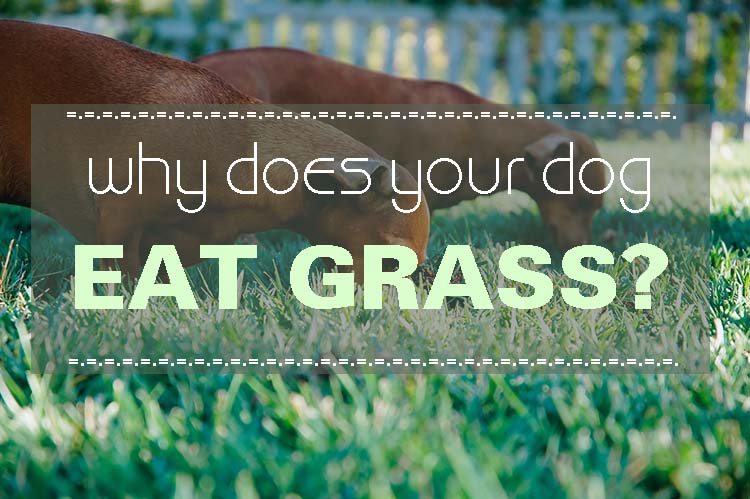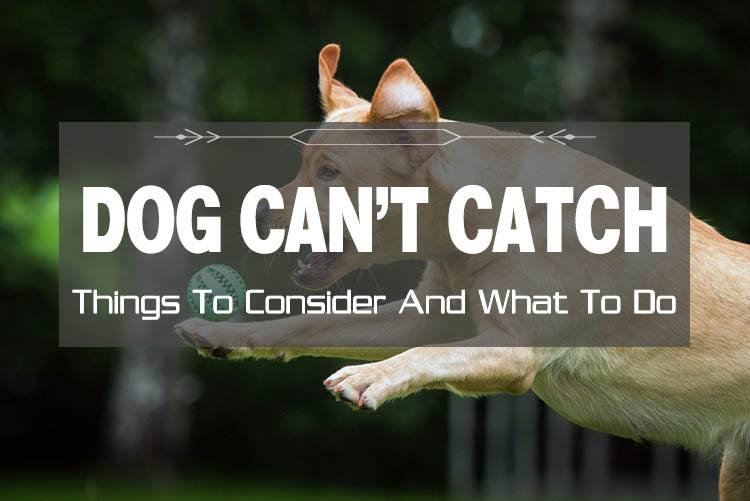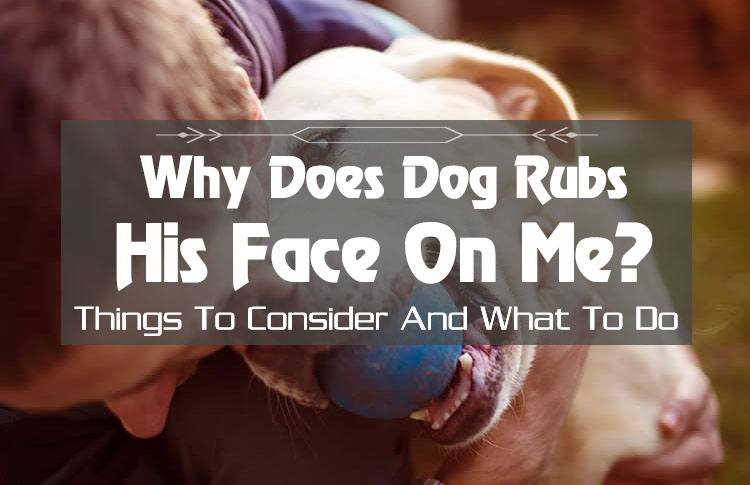Why do dogs walk in circles before pooping? This strange behavior has intrigued many dog owners. Experts have proposed several theories, but the true answer to why dogs circle before pooping is still debated, and we’ll explore the possible explanations in this article. There are several reasons for this, including instinctual safety checks, territory marking, and even sensitivity to the Earth’s magnetic field. Read on to discover what’s behind this quirky habit.
Key Takeaways
- Dogs circle before pooping due to instinctual behaviors inherited from their wild ancestors, primarily for safety and to create comfortable elimination spots.
- The circling behavior also serves a dual purpose of marking territory with scent glands and checking for potential threats in their environment.
- Interestingly, dogs exhibit a preference for aligning their bodies along the North-South axis when pooping, indicating sensitivity to the Earth’s magnetic field, which may also aid in their navigation.
Evolutionary Instincts from Wild Ancestors
The behavior of dogs spinning before pooping can be traced back to their wild ancestors, the wolves. In the wild, wolves would circle to prepare a safe spot for elimination, ensuring they weren’t vulnerable to predators while engaging in this necessary but exposed activity. This instinctual behavior has been passed down through generations of dogs.
When dogs spin, they are actively assessing their environment for potential dangers. This vigilance helps them avoid a surprise attack while in a vulnerable position. In the wild, this behavior allowed them to check for predators and ensure their safety before they became vulnerable. Even though our domesticated dogs live in a much safer environment, this instinct remains ingrained in their behavior.
Additionally, dogs spin to flatten the grass or vegetation. This behavior, inherited from their wild ancestors, serves several purposes:
- Helps create a more comfortable area for elimination
- Reduces the chance of contaminating their fur
- Ensures they relieve themselves in clean areas, a habit rooted in their evolutionary past.
Interestingly, not all dogs exhibit this behavior, but many do. It’s a habitual act that dogs associate with a more secure and comfortable elimination process. This behavior reflects their ancestral habits, where they would take precautions against threats and seek to maintain cleanliness while also ensuring a comfortable spot for their vulnerable moments. Circling before pooping is similar to the behavior of circling before lying down, as both actions help dogs create a safe and comfortable spot.
Dogs’ spinning behavior is a fascinating blend of evolutionary instincts, ensuring safety, comfort, and cleanliness. It’s a small window into how dogs turn their wild past into a reminder of the incredible journey from wolves to our beloved pets.
The Role of Scent Glands
Did you know that when dogs spin before pooping, they are also marking their territory? Their paws contain scent glands that release pheromones during this action. These pheromones serve as territorial markers, letting other dogs know they were there.
As dogs spin, they activate these scent glands, releasing their unique scent into the environment. This scent communicates their identity and health status to nearby canines, playing a crucial role in canine social interactions. It’s like leaving a calling card for other dogs to sniff. You may notice that this behavior is essential for their communication.
This circling behavior also helps dogs pick up scents from their surroundings. By doing so, they can detect the presence of potential predator or other animals, ensuring they are not vulnerable while eliminating. It’s a dual-purpose behavior that benefits them in multiple ways.
In essence, the role of scent glands in this behavior highlights how dogs use their sense of smell to communicate and stay safe. It’s a fascinating aspect of their behavior that underscores the complexity of their social interactions and survival instincts.
Magnetic Field Sensitivity
One of the most intriguing aspects of dogs’ circling behavior is their sensitivity to the earth’s magnetic field. Research indicates that dogs generally prefer to align their bodies along the North-South axis when they circle before they poop, especially in stable magnetic field conditions. This preference is not just coincidental; it suggests a deeper behavioral mechanism at play, aligned with the natural influences of the magnetic field. Interestingly, birds also use the Earth’s magnetic field for navigation, showing that magnetoreception is a widespread phenomenon among animals.
Observed show that dogs avoid the East-West orientation and exhibit a strong preference for the North-South direction during excretion. It is specifically the dog’s body that aligns with the magnetic field, possibly due to sensory mechanisms involving magnetoreception and the animal’s anatomy. This alignment behavior is significantly affected by fluctuations in the Earth’s magnetic field, with preferences developed under unstable conditions. It has been noticed that these behaviors are consistent across various environments.
The phenomenon of dogs aligning themselves according to the magnetic field might be linked to their navigation abilities. Researchers note that their sensitivity to changes in the declination of the magnetic field rather than its intensity further supports this idea. Just a thought, it’s a remarkable insight into the influence of the findings of the complexity of canine behavior and their connection to the natural world. Humans, on the other hand, are less sensitive to the Earth’s magnetic field than animals like dogs and birds, but some studies suggest that humans possess a minimal, unconscious magnetic awareness.
Finding the Perfect Spot
Finding the perfect spot to poop is a meticulous process for dogs. This behavior is rooted in their ancestral instincts, ensuring safety and comfort by preparing their environment. These behaviors are also part of a dog’s natural potty routine, which involves careful selection of a suitable spot. When dogs spin, they are not just looking for any spot; they are ensuring it meets specific criteria.
Turning in circles allows dogs to flatten rough surfaces and check for potential threats. This behavior helps them create a more comfortable area for elimination. They prefer clean areas, avoiding tall grass or vegetation that could trap dirt. This preference for cleanliness is ingrained in their behavior and ensures a more comfortable elimination process.
Dogs also check the area for any unwanted creatures before they choose to relieve themselves. This calm behavior ensures they are not disturbed or threatened during their vulnerable position of rest. It’s a comprehensive approach to finding different spots that are the most suitable spot for their needs, including areas where they can comfortably place their feet.
In summary, dogs’ meticulous process of finding the perfect spot highlights their instinctual need for safety, comfort, and cleanliness in the house. It’s a behavior that reflects their wild past and their innate desire for a clean and secure environment, providing an explanation for their choices. This instinctual behavior is often found in various breeds.
Encouraging Healthy Bowel Movements
The act of circling before pooping can also play a role in encouraging healthy bowel movements. This behavior may aid in stimulating the dog’s intestines, facilitating a bowel movement. It’s a natural way for dogs to ensure their digestive system is functioning properly.
Circling movements can assist in advancing stool through the intestines, which is particularly beneficial for dogs experiencing constipation. This behavior helps them relieve themselves more comfortably and effectively.
However, excessive spinning could indicate discomfort or other underlying health issues that warrant attention. If a dog is struggling to relieve itself, it might be a sign of constipation or other digestive problems that need to be addressed by a veterinarian.
Encouraging healthy bowel habits in dogs involves understanding their behavior and ensuring they have a clean, comfortable bathroom environment for elimination. Observing their circling behavior while walking helps dog owner gain insights into their pet’s health, well-being, and food.
Social Signals and Communication
Circling is not just about finding the perfect spot or marking territory; it also acts as a social signal to other dogs in the dog circle. This behavior allows dogs to signal their presence to others in the area, reducing the likelihood of conflict. The scents left behind by dogs can communicate various information, including the dog’s identity, the time of their visit, and potentially indicators of their health.
Through the act of circling and the scents they leave behind, dogs establish a form of social signaling essential for their interactions. In essence, this behavior helps dogs communicate and interact with other dogs in their environment. It’s a fascinating aspect of their behavior that highlights the complexity of their social interactions and communication methods.
Unique Canine Behaviors
Dogs are known for their quirky and sometimes puzzling habits, and one of the most intriguing is their tendency to circle before pooping. While not all dogs display this behavior, many dogs spin or turn in circles before settling on the perfect spot to do their business. This instinctual behavior is a fascinating blend of ancient habits, environmental sensitivity, and social communication.
Researchers and scientists have noticed that dogs tend to align their bodies along the north-south axis when pooping, a phenomenon believed to be influenced by the earth’s magnetic field. This magnetic field sensitivity is thought to be a trait inherited from their wild ancestors, who may have used the earth’s magnetic cues to navigate and orient themselves in the wild. Interestingly, not all dogs align in the same way—some dogs spin clockwise, others anti-clockwise, and some may not circle at all. This diversity in behavior highlights just how unique each dog can be.
The act of circling isn’t just about orientation; it’s also about comfort and safety. Many dogs are sensitive to the texture and scent of the ground, preferring to poop in areas with soft grass or tall vegetation. This preference helps them find a comfortable spot and may also be influenced by the presence of other dogs or animals. Dogs often choose spots that are familiar or have been marked by other dogs, using their keen sense of smell to guide them.
Scent glands located near a dog’s anus and on the pads of their feet play a key role in this ritual. As a dog circles, it may be depositing its scent on the ground, leaving a message for other dogs and animals. This behavior is especially important in the wild, where establishing territory and communicating with other animals is crucial for survival. Even in the safety of a home or yard, dogs continue this habit, using their bodies and feet to create a comfortable and secure area for this vulnerable act.
Studies conducted in Germany and other countries have observed these patterns, finding that dogs’ pooping habits are influenced by a combination of magnetic field alignment, environmental cues, and social factors. For example, dogs are more likely to choose spots with certain types of vegetation or terrain, and their sensitivity to the earth’s magnetic field can affect the direction they face.
Ultimately, the behavior of circling before pooping is a complex and multifaceted act that reflects a dog’s instinctual need for safety, comfort, and communication. Whether your dog spins, circles, or simply sniffs out the perfect spot, it’s clear that this daily routine is about much more than just relieving themselves. By understanding these unique canine behaviors, dog owners can better appreciate the thought and care their pets put into even the simplest acts.
Summary
While dogs circling before pooping might seem like a quirky habit, it’s actually driven by instinct, comfort, and even magnetic sensitivity. From marking territory to scanning for threats and aligning with the Earth’s magnetic field, this behavior reveals just how complex and tuned-in our dogs really are.
By understanding these subtle routines, you can better connect with your dog’s natural instincts and support their well-being. Curious about more hidden meanings behind everyday dog behaviors? Explore our other dog behavior guides to learn what your pup is really trying to tell you.
Frequently Asked Questions
Why do dogs spin in circles before pooping?
Dogs spin in circles before pooping because it’s an instinctive behavior that helps them ensure safety and comfort in their environment. It’s their way of checking for potential threats before settling down.
How do scent glands play a role in this behavior?
Scent glands in dogs’ paws release pheromones when they spin, helping them mark their territory and communicate important information like identity and health to other dogs. It’s fascinating how such a simple action conveys so much!
What is the connection between dogs and the Earth’s magnetic field?
Interestingly, dogs seem to have a knack for aligning themselves with the Earth’s magnetic field when they go to the bathroom, usually favoring a North-South orientation. This behavior hints at a fascinating connection between their instincts and navigation skills.
How does circling help dogs find the perfect spot to poop?
Circling helps dogs find the perfect spot to poop by allowing them to flatten rough surfaces, check for threats, and make sure the area is clean. It’s their way of ensuring a safe and comfortable bathroom experience.
Can circling before pooping indicate health issues in dogs?
Yes, circling before pooping can suggest discomfort or health issues like constipation. It’s a good idea to keep an eye on this behavior and consult a vet if you’re concerned.




